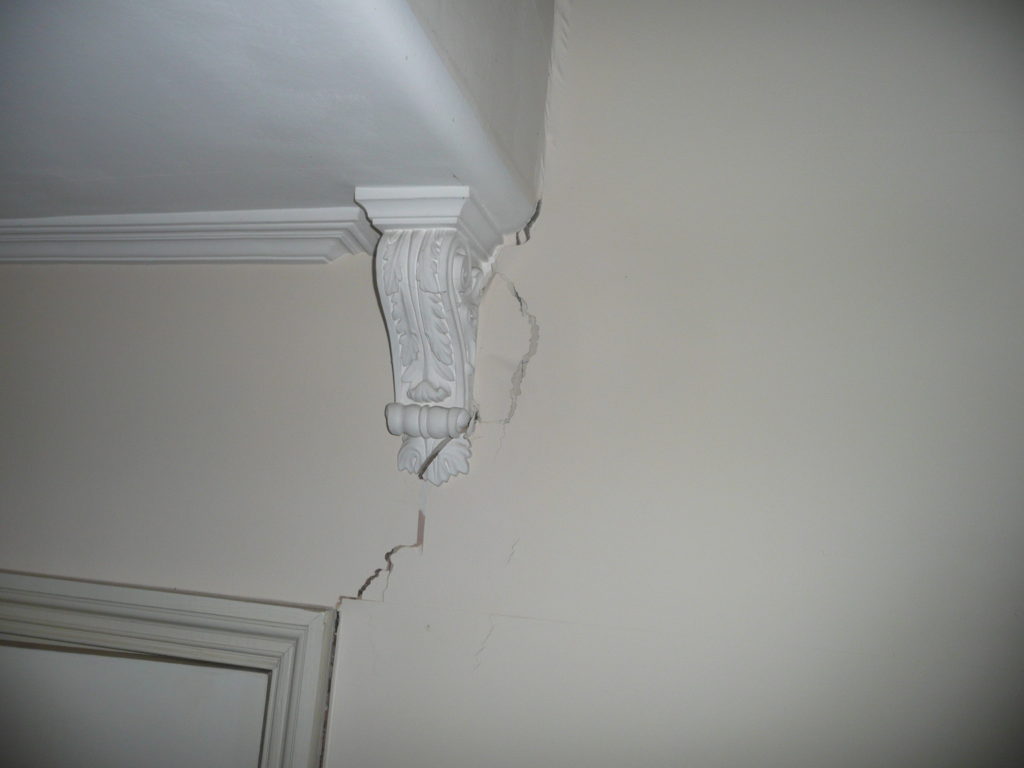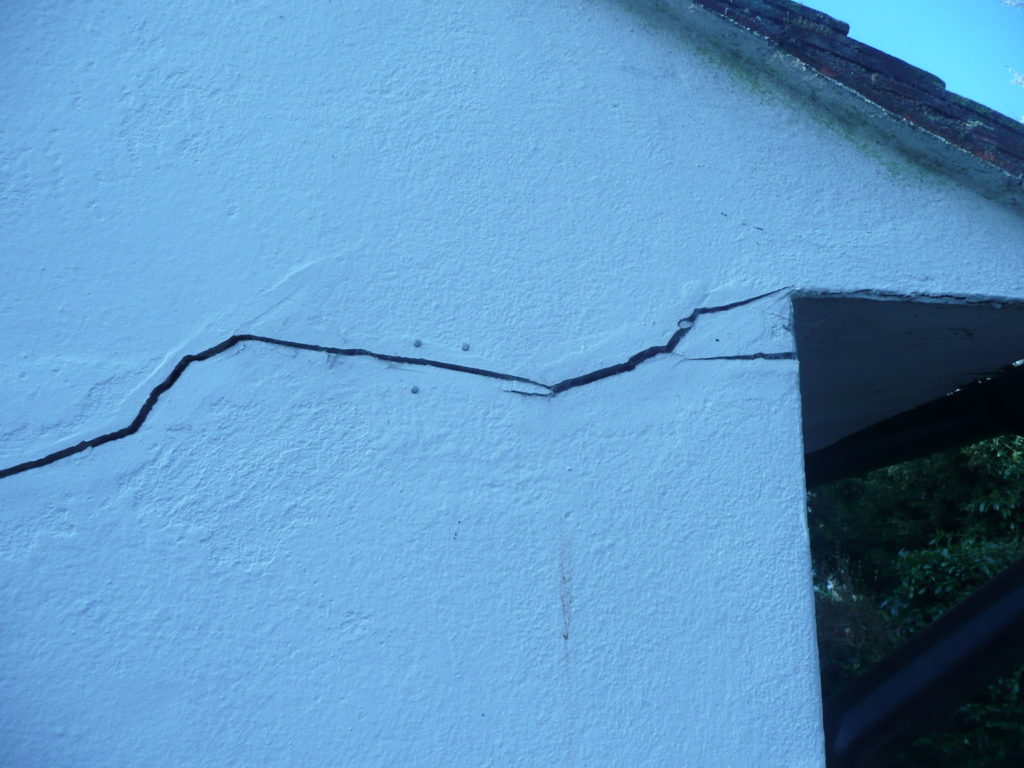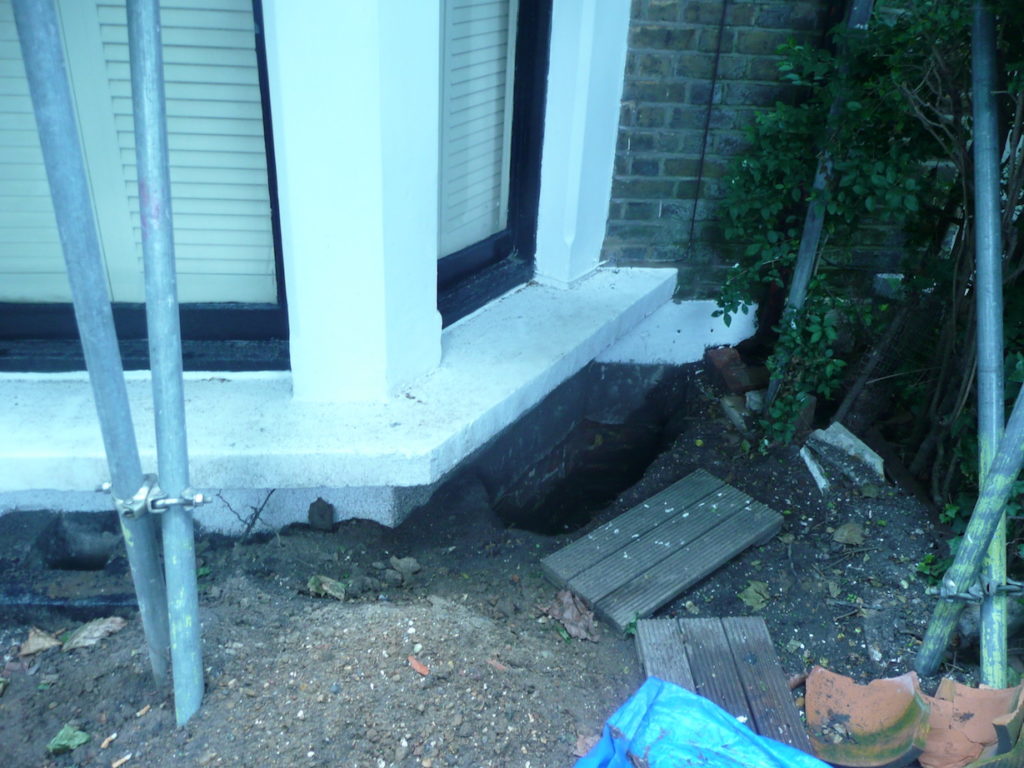The main perils relating to damage to the building and covered under a standard building insurance policy are: fire, lightening, explosion, earthquake, riot, civil commotion, strikes or labour disturbances, malicious damage / vandalism, impact damage, storm tempest and flood, subsidence landslip and heave.
All policies contain terms and conditions and exclusions so it is important to understand the damage and the policy and the relationship between the two.
Policies generally cover reasonable surveyor’s fees necessarily incurred in the reinstatement of the building.
Often insurers will require a professional report when a claim is lodged.
Often the most damage and long running claim will relate to subsidence.
Eames Limited has many years’ experience of investigation and management of Building insurance claims.
Good advice from an early stage is essential to ensure satisfactory and prompt resolution of the building damage.
Subsidence is the downward movement of the site on which a building stands -where the soil beneath the building’s foundations is unstable. The movement is not caused by the weight of the building.
Most household insurance policies – and some commercial property insurance policies – cover loss or damage caused by subsidence, heave and landslip. However, they only cover the cost of repairing the loss or damage. They do not cover the cost of preventing further subsidence.
This means the cost of repairing damage (such as cracks) to the building’s superstructure is covered. But the cost of stopping the building from moving in the future is not covered.
In reality, to ensure an effective repair that will last for a reasonable period of time, the insurer will usually have to carry out work to stop the movement first (unless it has already stopped).
Subsidence cases are often complex – and involve expert evidence and technical data. They are among the complaints that can take the longest time to resolve.



